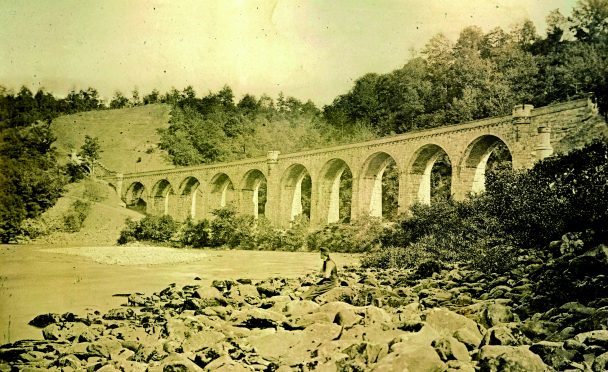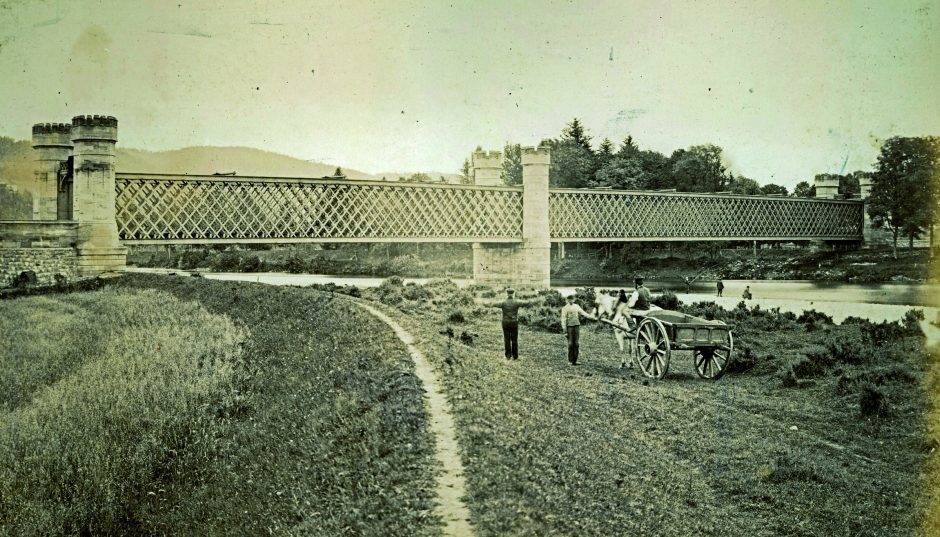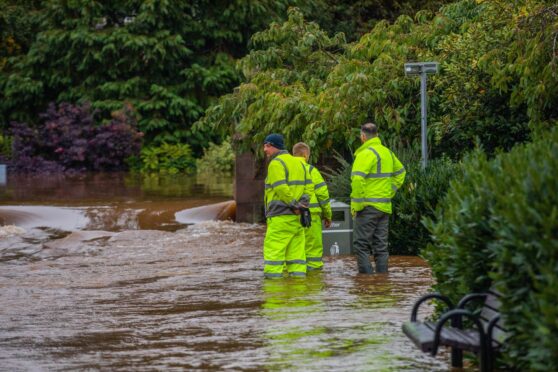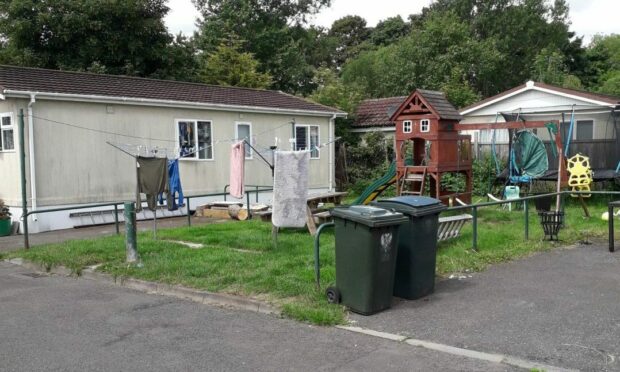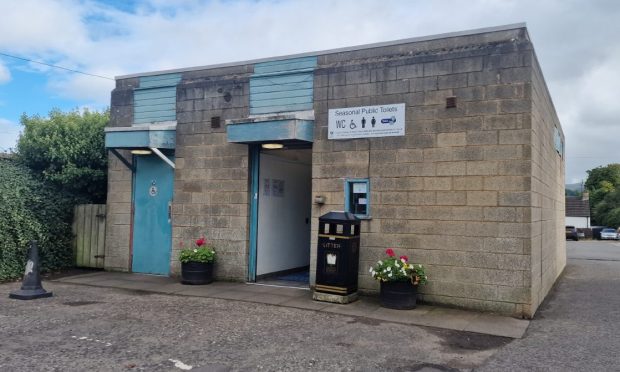Of all the man-made alterations to the stunning scenery of the Highlands, the railway bridges and viaducts must rank among the most-loved.
Now a new book, Spanning the Gaps, tells the story of the Victorian structures which paved the way for the coming of the railway.
These gamechangers have, to a large extent survived, and many are still in use, including examples in Perthshire.
For author Anne-Mary Paterson, from Beauly, the book was something of a labour of love. She is the grandniece of early railway engineers William and Murdoch Paterson who shaped much of the Highland railway system.
Ms Paterson has used her professional knowledge to describe the bridges and viaducts in depth, adding incidental details which show how the railway played its part in local life.
Among the highlights is the viaduct at Dalguise which spans the River Tay and would have been familiar to another author, Beatrix Potter.
“Between 1871 and 1881 Rupert Potter, father of Beatrix, rented the nearby Dalguise House from May until September,” said Ms Paterson.
“The family would almost certainly have alighted from the train at Dalguise station, just south of the viaduct, which closed in 1965.”
The railway certainly fascinated Beatrix and in later years, when the family spent the summer at Birnam, she recalled: “Some people can see no sentiment or beauty in a railway.
“To my mind, there is scarcely a more splendid beast in the world than a large locomotive. I cannot imagine a finer sight than the express, with two locomotives, rushing down this incline at the edge of dusk.”
Another Perthshire viaduct whose history is examined in the book is the masonry structure at Killicrankie which carries the railway before entering a 240 yard tunnel.
At the Perth end of the viaduct a face is carved into the stonework and Ms Paterson is hoping a reader of her book might solve the mystery. One theory is that a mason working on the viaduct died and that the face is a memorial to him carved by his colleagues.
Spanning The Gaps, Highland Railway Bridge and Viaducts, is published by the Highland Railway Society ISBN:978-0-99273II-I-3.
